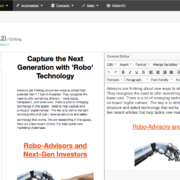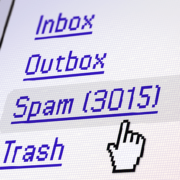Trigger-based emails, rules-based emails, real-time emails, or auto-responder emails are great tools for today’s marketers. Regardless of what you call it, these are the emails we receive as customers after doing something or buying something. We get order confirmations, email reminders, survey invitations, e-newsletter subscriptions and product cross-sell promotions. As an online customers , my inbox is bombarded. Some of them are relevant and timely and catch my attention, others I ignore and then eventually unsubscribe.
A “promise” of trigger-based emails is that you can “set it and forget it.” However, there are several variables in email marketing that can always be tested and optimized. Some examples are the subject line, preheaders, design, layout, copy, calls to action, timing, message/offer, etc. Given this, how can a trigger-based campaign be truly set and forgotten about?
I think some companies have forgotten about me. At some point, ignoring emails leads to annoyance and opt-outs. We have advised clients to look at bounces, open rates, and click-through rates to develop rules to purge non-responders, or move them to a campaign with fewer communications. While trigger-based emails are automated, they require the human brain to set them up for success. The last thing businesses need, especially in B2B, is customer fatigue and a shrinking opt-in email list they worked so hard to develop.






Leave a Reply
Want to join the discussion?Feel free to contribute!